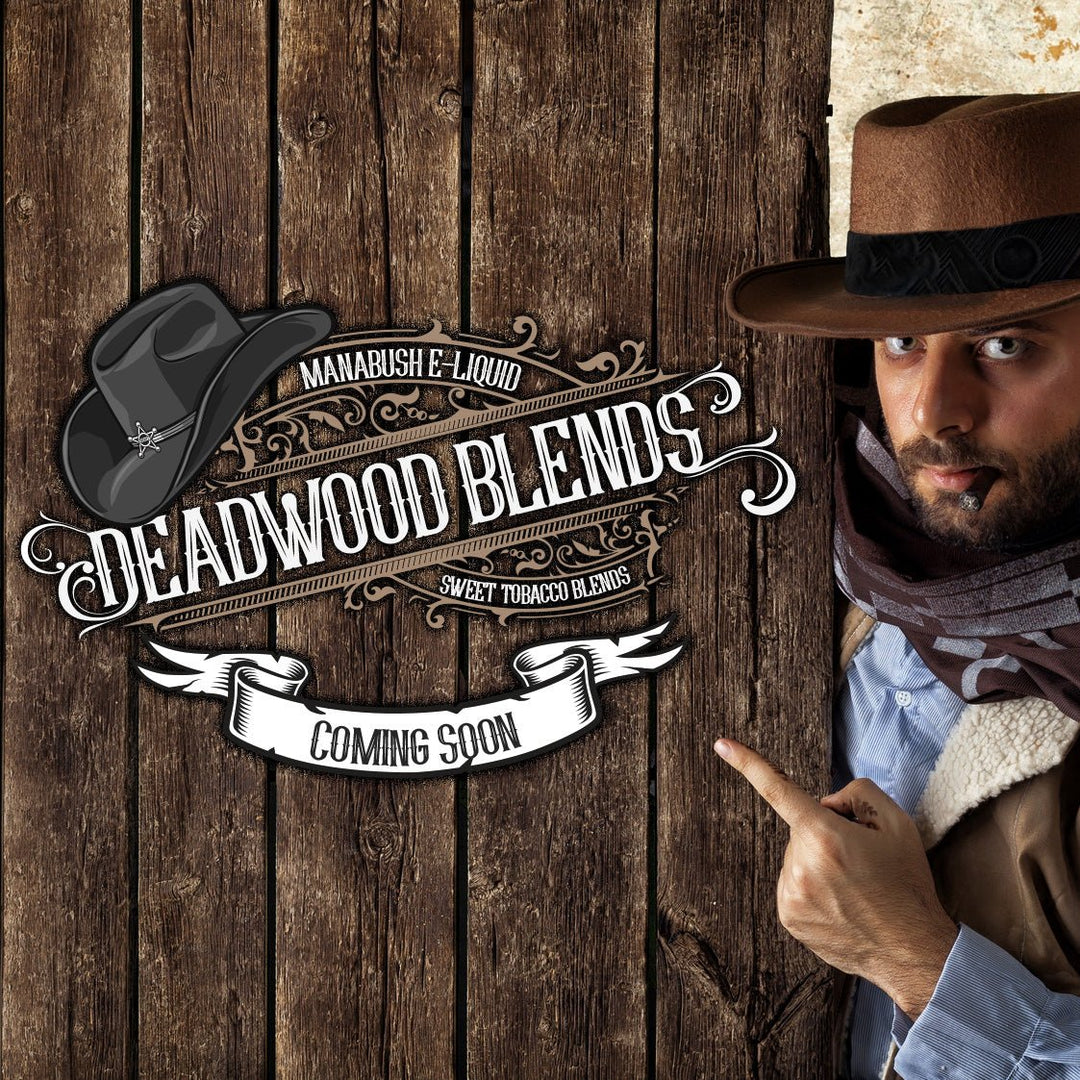Direct To Lung DTL Vaping - what is it.
Almost all vapers used to use some form of mechanical mod, one that consisted only of a metal tube and a battery. Typically, this would be paired with an RDA (rebuildable dripping atomiser) or an RTA (rebuildable tank atomiser) where the vaper would be making a coil with a resistance of between 1Ω and 1.8Ω (1 to 1.8 ohms).
Then, some daring vapers began to explore the boundaries of coil design and battery limitations. Using different thicknesses of Kanthal metal, and then different metal types, they began building coils with lower and lower resistances, under 1Ω – subohming was born.
What is a “cloud competition”?
These pioneers were developing coils or multiple coils that could get much hotter than a standard mouth to lung offering. The by-product of this was a dramatically increased amount of vapour but, to produce more vapour, the constrictive airflow of a mouth to lung atomiser or tank needed to be opened up.
Initial cloud competitions featured enthusiasts who would take a mouth to lung RDA (or dripper) and drill out the airflow hole to a wider bore. Enterprising manufacturers identified a new market segment taking off and began to release dedicated drippers for ‘blowing clouds’. Some allowed variable airflow control or fixed open holes and combined this with a variety in the number of coils they could accommodate.
Why would someone want more than one coil?
Each coil resists the flow of electricity. If two identical coils are attached to an atomiser in parallel, the total resistance is halved. Four coils, as used in the legendary Youde IGO-W RDA, meant the total resistance was a quarter of that offered by one coil.
What was the big step in introducing direct to lung (DTL) vaping to the public?
Chinese manufacturer Kangertech, known for the ubiquitous mouth to lung EVOD tank, launched the SubTank in 2015, which took subohming to the mass market. No longer did vapers need to build their own coil or drill out airholes – the tank was designed to produce a genuine, convenient way to vape in a direct to lung style. It was incredibly popular and drove other manufacturers to begin designing their own versions.
Can any e-liquid be used for DTL - direct to lung vaping?
Initially, cloud chasers used their regular e-liquid (or juice) but quickly discovered that inhaling larger quantities of vapour with their normal concentration of nicotine was too much. Due to those experimenters, people vaping in this way reduced their concentrations down to 6mg/ml or 3mg/ml, with some preferring to leave nicotine out altogether.
The other thing they worked out was that the propylene glycol (PG) released less vapour and was slightly harsher on the throat at the elevated temperatures direct to lung vaping entailed. So, making their own concoctions, they would use increased levels of vegetable glycerin (VG) – up to 100% VG.
Why does anyone want to vape in a direct to lung style?
Some vapers prefer the larger clouds produced by direct to lung vaping, some say they experience better flavour, and some find inhaling higher temperature vapour more rewarding.
What are the downsides of direct to lung vaping?
Firstly, you will use far more e-liquid compared to mouth to lung vaping. It’s not uncommon to hear people talk about getting through 10ml+ of juice in a day.
Next, the power required from the mod to run the direct to lung vape tank means that batteries run out of charge faster. Many people opt to use a mod that contains more than one battery as a result to prolong the period of time they can continually vape before changing cells or recharging.
Finally, as direct to lung vaping releases large quantities of vapour, this isn’t something you can do discretely. Even vape friendly places can get upset if customers exhale huge clouds and hotbox the establishment. Also, it has been known for members of the public to object to vapers releasing large clouds in busy areas.
What do I need to consider when direct to lung - DTL vaping?
The additional strain on the batteries means you will need to ensure that you buy cells with the correct specifications that can operate safely. If you are unsure which ones to buy then talk to a respected battery supplier or join a popular online forum or social media group.
If you are using replaceable coil heads in your direct to lung tank, ensure that they are designed for this style of vaping. Invariably, a manufacturer will produce coil heads dedicated to a particular tank.
You will be able to use you tank with most regulated mods, but you might want to consider ones that have dual cells to ensure they don’t drain too rapidly. This will depend on the type of coil being used in the head as different metals heat more rapidly than Kanthal and require less energy from the cell which means single cell mods are fine to use.
Some mods offer a pass-through mod so they can be used while plugged into the mains.
What kind of equipment can I use for direct to lung vaping?
You will need a Mod capable of outputting the sort of wattages that DTL or Direct to lung vaping requires.
Mods such as the VooPoo Drag 4 Vape Mod, run on two 18650 Batteries and are a great DTL Box Mod - Other good options are the Vaporesso Gen 200 iTank 2 Kit and the Vaporesso Luxe XR Max Sub Ohm Pod Kit.
You will need an atomiser with a high Airflow and designed to hold the bigger coils required for DTL style vaping, We recommend the iTank 2 Sub-ohm Vape Tank By Vaporesso - a very easy tank to get to grips with and has superb DTL flavour and cloud production.
On top of that you will need a good DTL E-Liquid - these tend to be higher in Vegetable Glycerine and lower in Nicotine - Take a look at our extensive Direct To Lung (DTL) range of E-liquids, including juices by ourselves and many other Companies.





Leave a comment